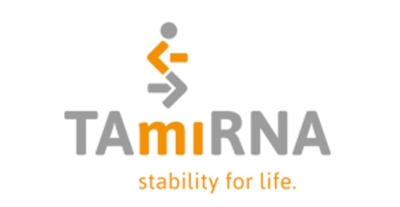Finding drugs to prevent organ failure during sepsis
Infection (sepsis) associated failure of multiple organs (multiple organ failure, MOF) in critically ill patients on Intensive Care Units have a grave patient outcome and huge socioeconomic burden. Major failing organs are the lungs and the kidney. Until now critical care physicians can offer support for patients with failing lungs and kidneys by “doing the simple things good” and buy time for recovery by using organ replacement techniques with mechanical ventilators and dialysis machines. Despite these clinical efforts MOF is often fatal, and if the patients survives premature organ function loss are observed. Drug treatment options for MOF are lacking because the molecular causes of sepsis related organ failure are incompletely understood.
In recent years, changes in the behavior of the microvasculature, the smallest blood vessels in all organs, has been identified as a central reason why organs fail. Here, they will study changes in different molecules that change in the microvasculature to find options for new drugs that treat failure of the microvasculature to prevent lungs and kidneys from failing. Furthermore, they will find molecules in the blood that can serve as biomarkers of the reason why organs fail in sepsis and whether drugs are effectively treating these failing organs.
This translational project combines cutting edge molecular research at the level of kinome, gene expression, and microRNome in clinically relevant samples and animal models. They will obtain human post mortem kidney and lung biopsies of patients that died in the ICU and in parallel work with a well-established mouse sepsis MOF model.



